Train garden
The Garden Railway Page
You don't have to be an expert to design a garden railway of your own - however, you may want to do some research beforehand to make the task a little easier. Let you Be inspired by These Pictures and films of The train Garden!.
Get started with train Garden...
Before planning your garden railway design, perform a quick inspection of the designated site to ensure that it is suitable. Since outdoor model trains require a fairly level area, this will be something to bear in mind as you examine your property. Determine whether or not the track will be added to an existing garden or if both will be designed at the same time. Finally, decide just how elaborate you want your garden railway to be. For beginners, less may be more; however, leave yourself enough room in the event you want to add onto it later.
Since your railway will be accommodating a host of plant life, choose an area easily accessible to a water source. Additionally, interesting water features within the design can enhance its appeal. If you have rocks or a slope in your yard, incorporate these into your design for a more natural effect. Since most model locomotives and cars are waterproof, they can be run even when it is raining. The track, too, is made materials such as brass, stainless steel, or aluminum to prevent any rusting. You may, however, want to create a place to store your train.
Test the Layout of youR Garden Railroad

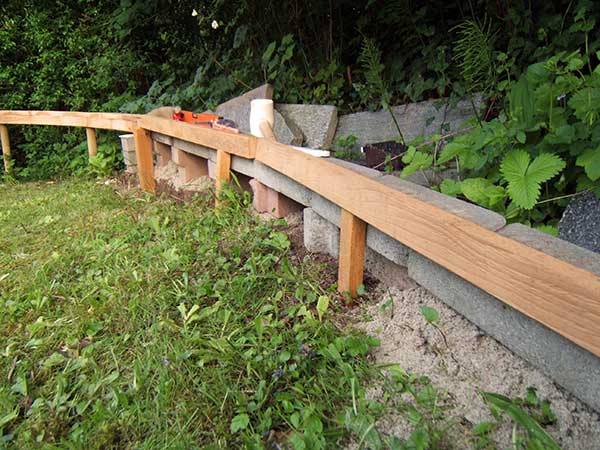
Gartenbahn Bau © www.gartenzug.ch

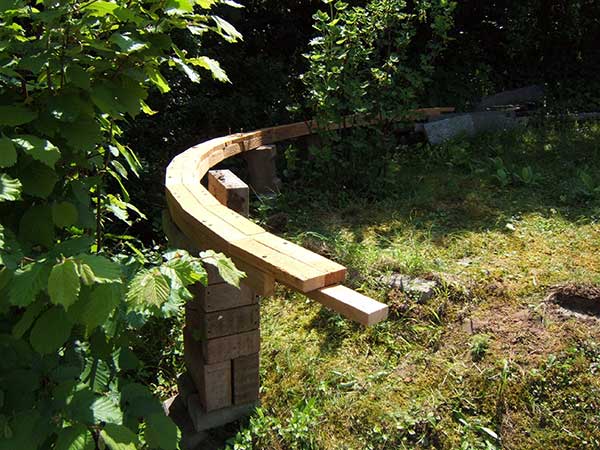
Gartenbahn Bau © www.gartenzug.ch

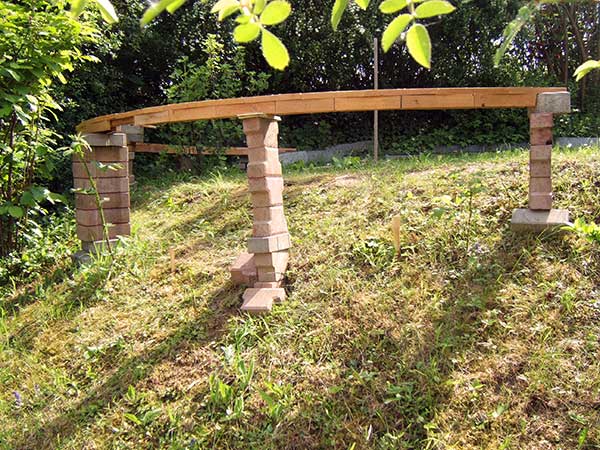
Gartenbahn Bau © www.gartenzug.ch

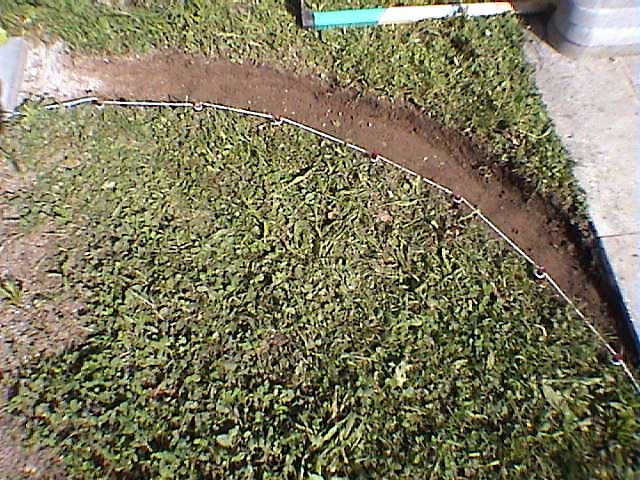
Gartenbahn Bau © www.gartenzug.ch

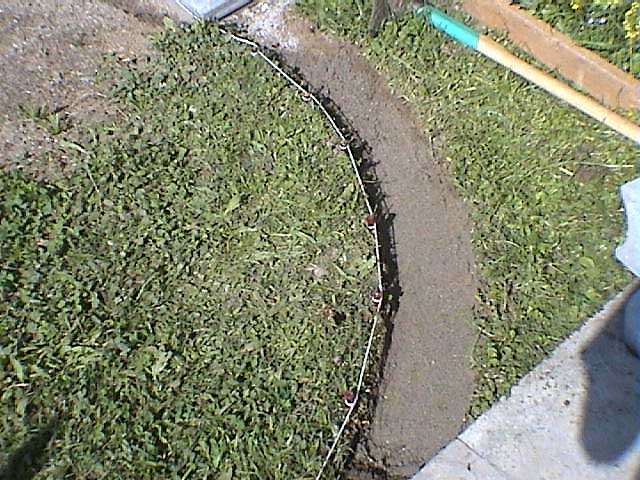
Gartenbahn Bau © www.gartenzug.ch

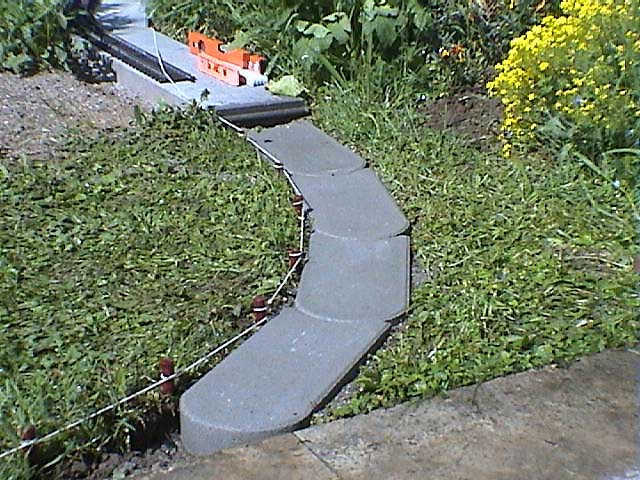
Gartenbahn Bau © www.gartenzug.ch

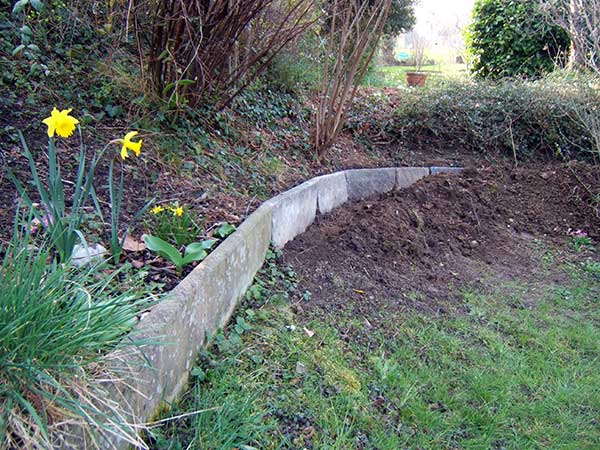
Gartenbahn Bau © www.gartenzug.ch

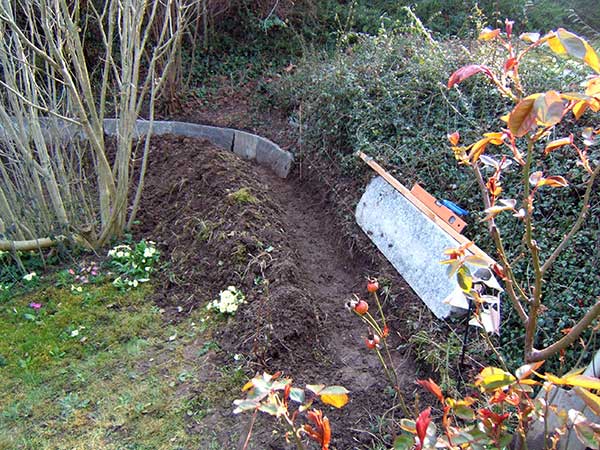
Gartenbahn Bau © www.gartenzug.ch

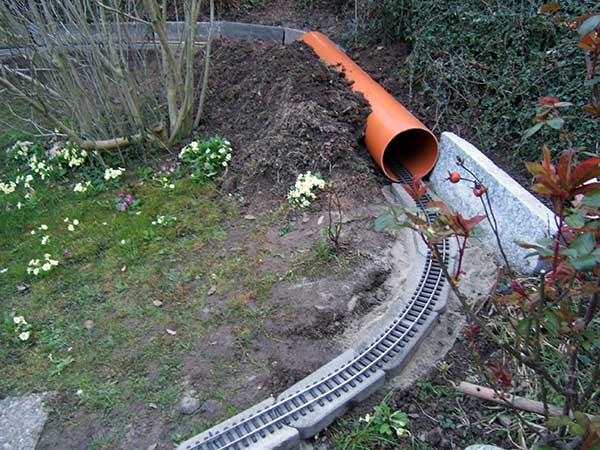
Gartenbahn Bau © www.gartenzug.ch
Design of Your Garden Railroad.
Some people design their railways to run into their home or outbuilding through a small tunnel. A pet door would be another option. There are many ways to install the track; however, one of the easiest is to float the track in stones or gravel. Dig a shallow trench, about 2 or 3 inches deep, and fill it with crushed stone. Set the track in place, making sure it is level. Backfill with additional stones until flush with ground. By floating the track, it can move freely as summer heat causes the rails to expand and winter cold makes them contract. Another method for installing track is to simply select a material, such as hardwood, to use as the track base. Measure the lengths, including both straight and curved, according to the track's design and cut the pieces as you lay it. Attach the track to the wooden base with brass nails. Generally, a single locomotive with three or four pieces of rolling stock (freight or passenger cars) is adequate.
G-scale trains are the most popular. Scale is the proportion of the model to the full-size train (1:24 scale). Gauge is the distance between the rails. A G-scale runs on 1-gauge (G-gauge) track. When choosing a train, decide on the type of railroad. For instance, will it accommodate freight or passengers?
Realize your Garden Railroad

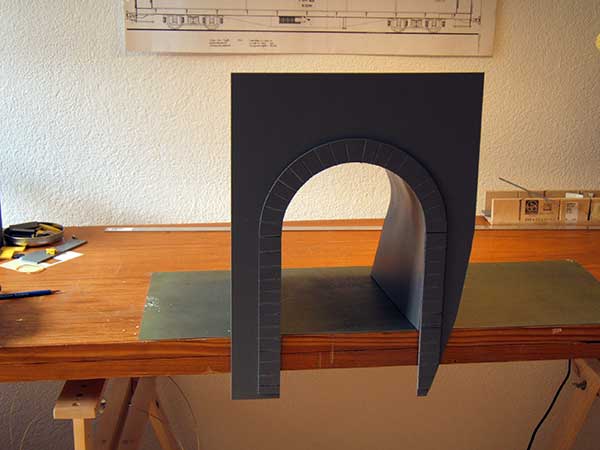
Gartenbahn Bau © www.gartenzug.ch

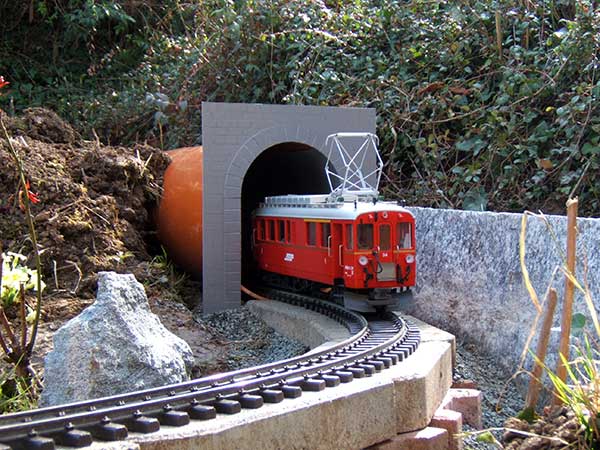
Gartenbahn Bau © www.gartenzug.ch

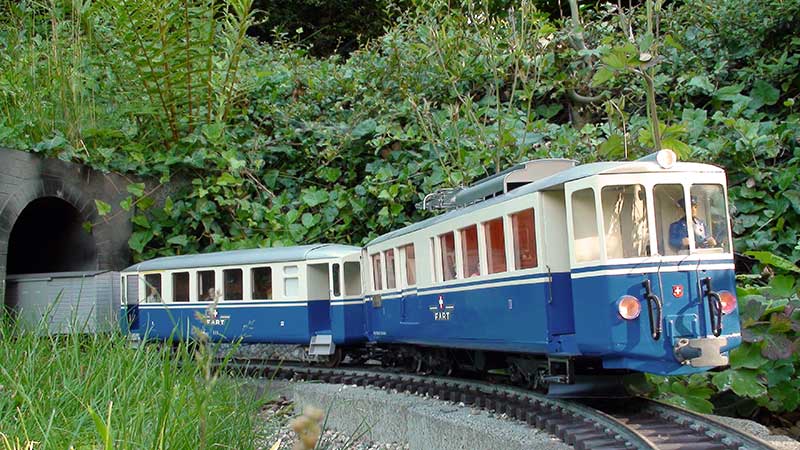
Gartenbahn Bau © www.gartenzug.ch

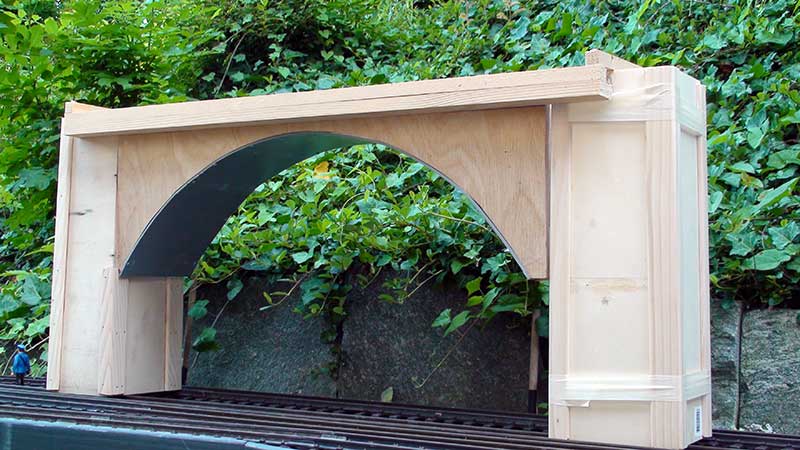
Gartenbahn Bau © www.gartenzug.ch

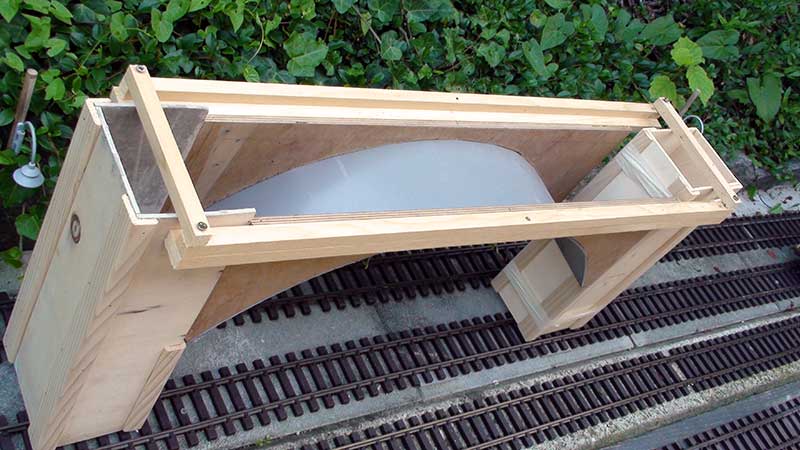
Gartenbahn Bau © www.gartenzug.ch

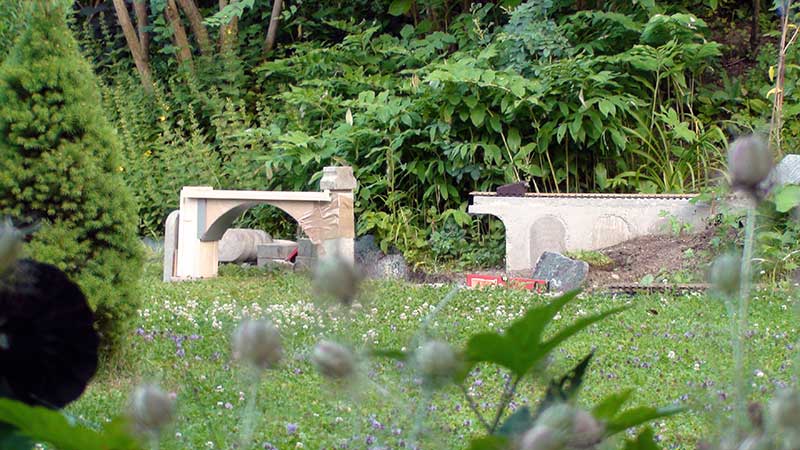
Gartenbahn Bau © www.gartenzug.ch

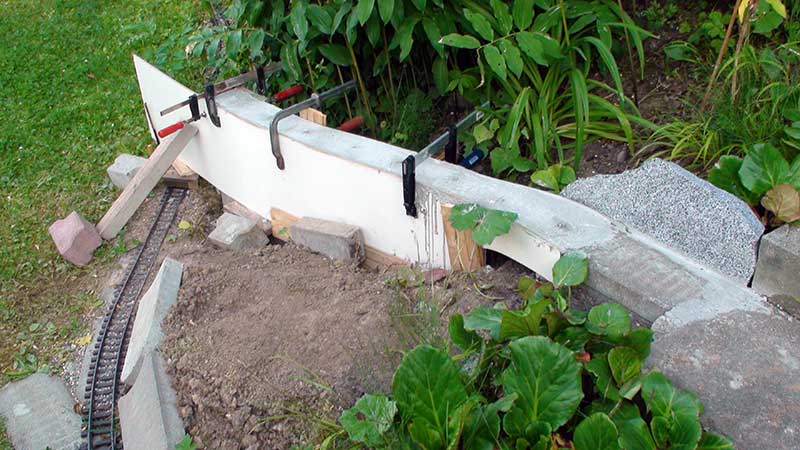
Gartenbahn Bau © www.gartenzug.ch

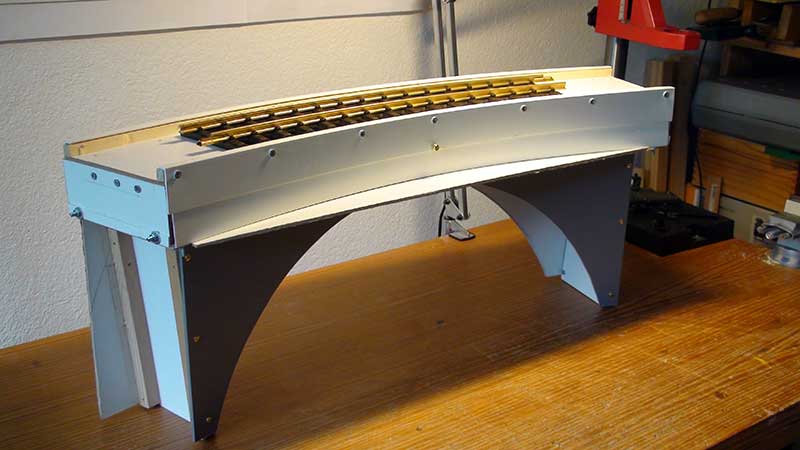
Gartenbahn Bau © www.gartenzug.ch

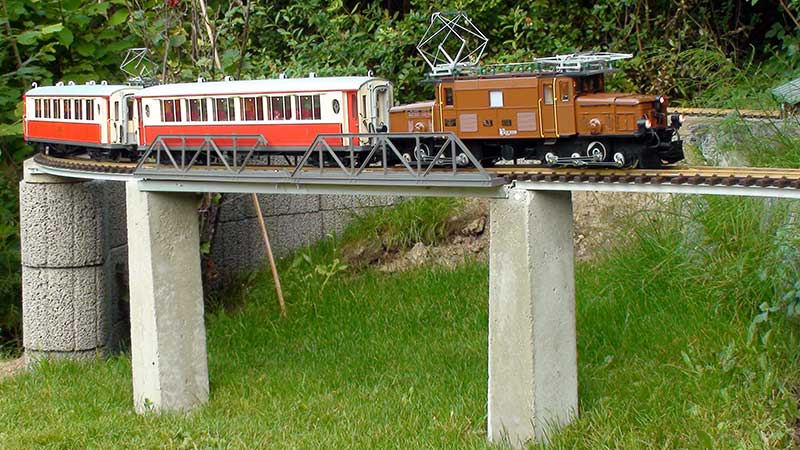
Gartenbahn Bau © www.gartenzug.ch




